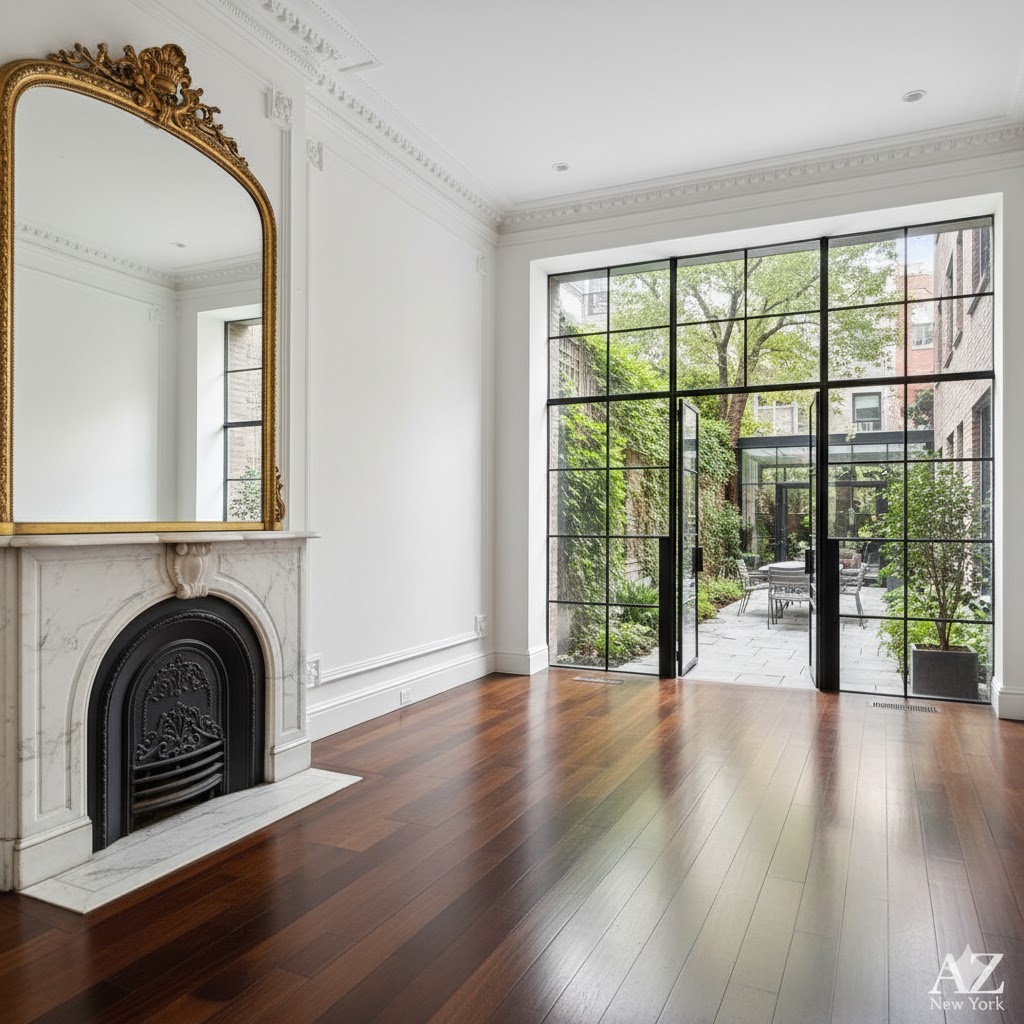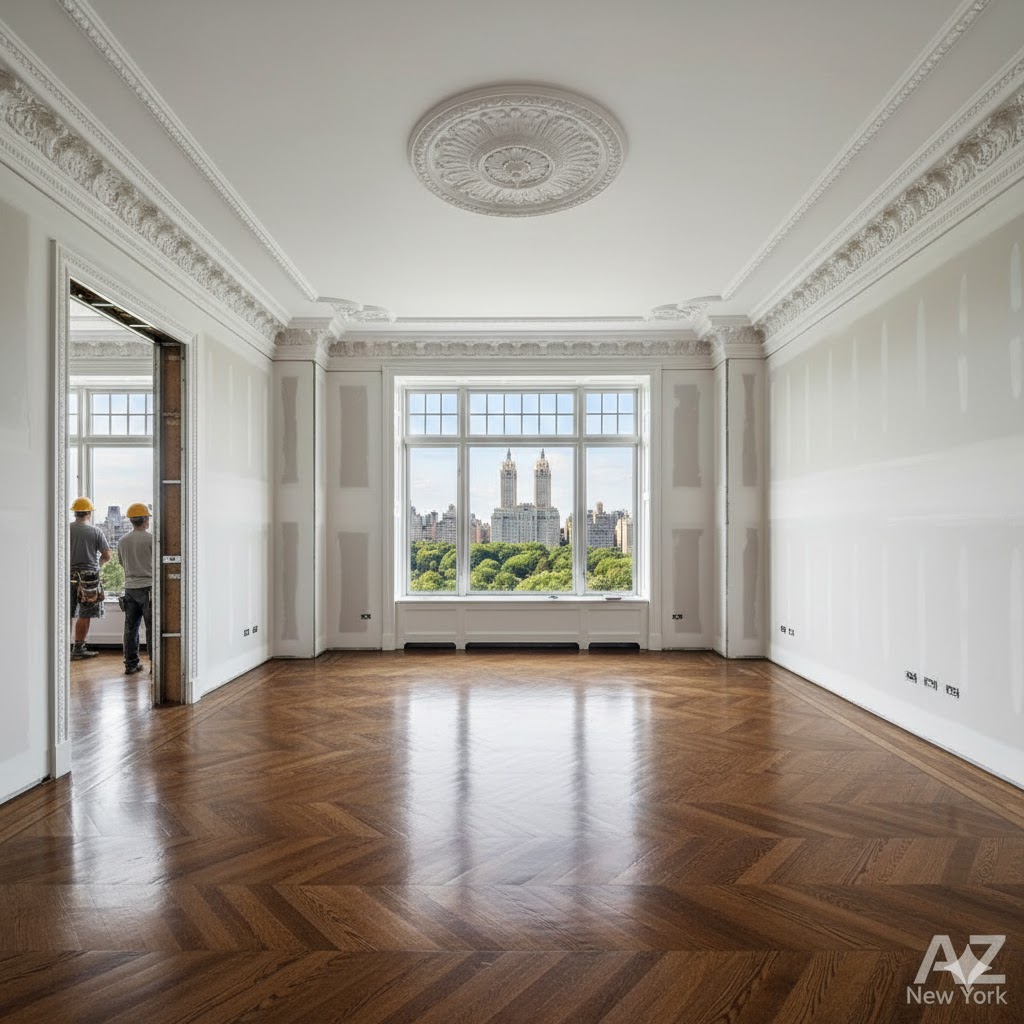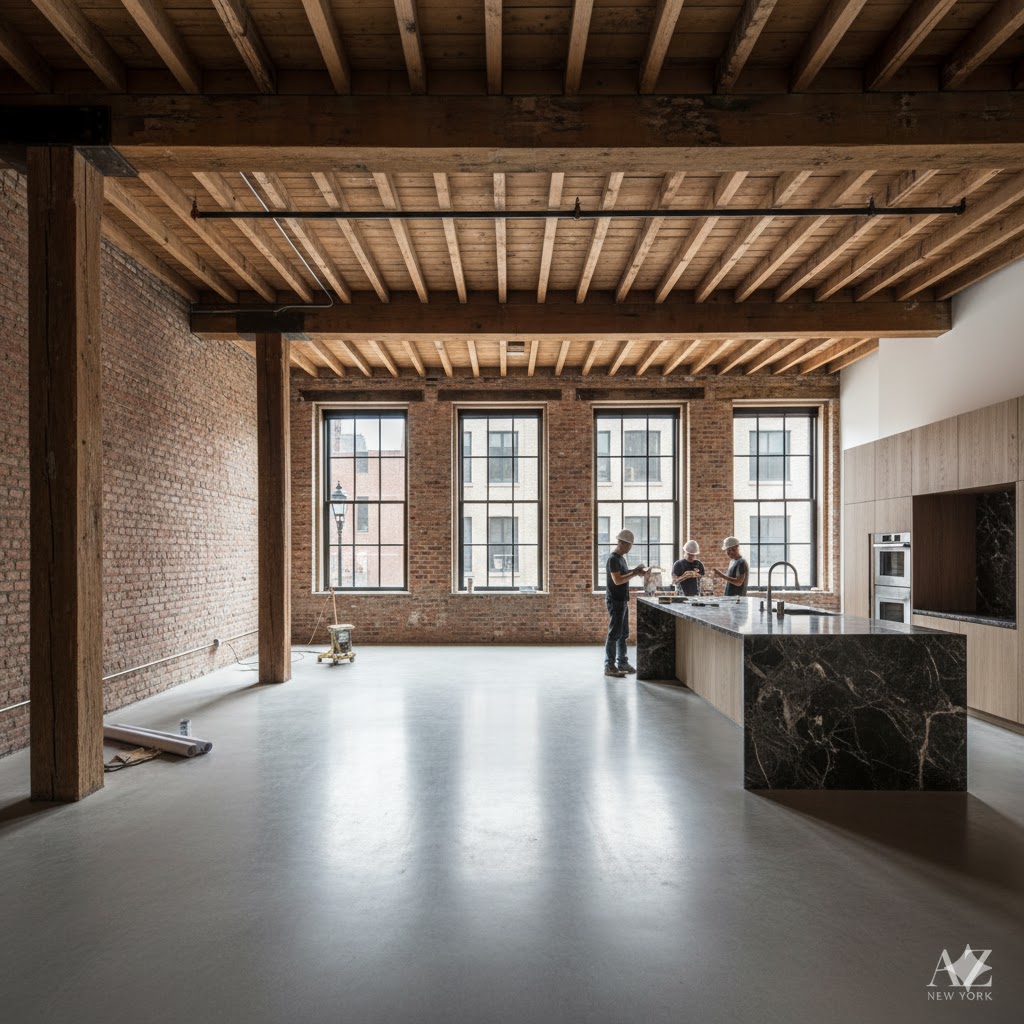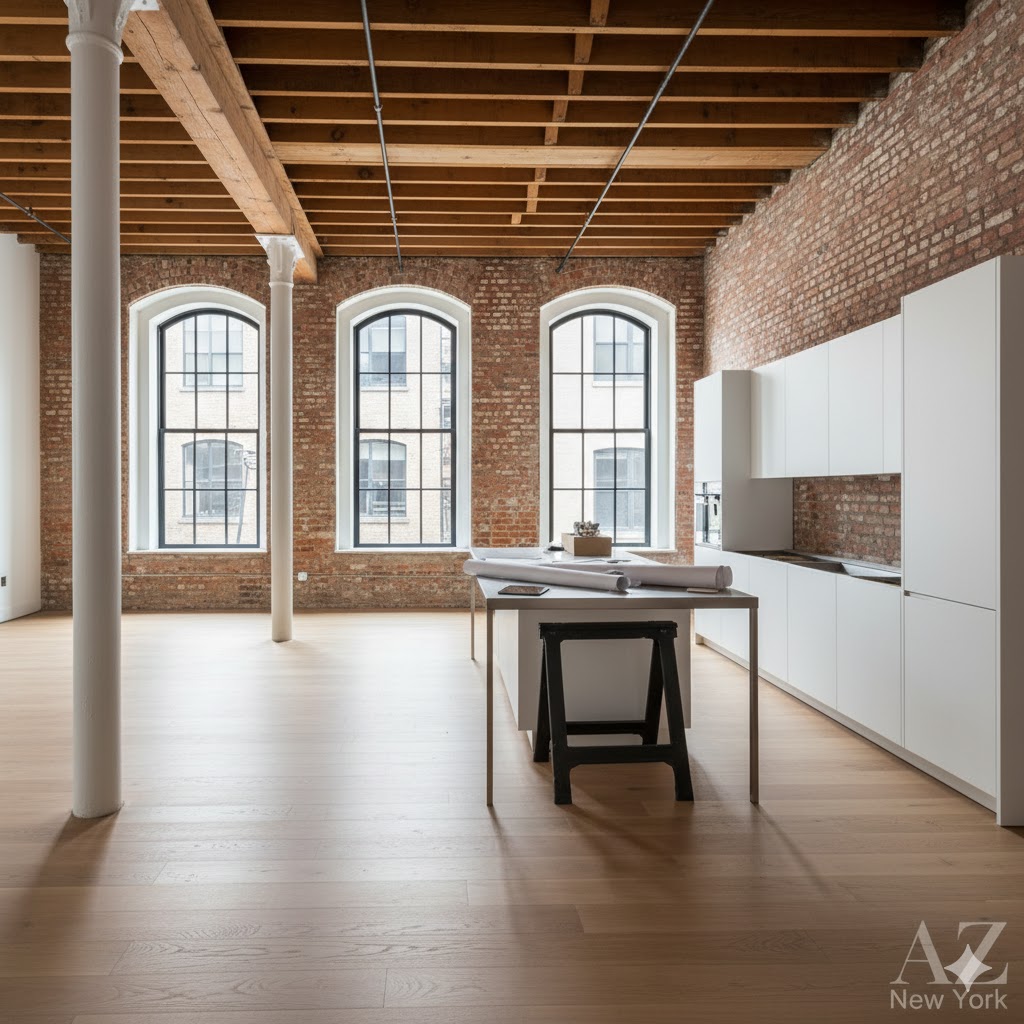What is the daily routine of a junior analyst at an investment bank on Wall Street?

What is the daily routine of a junior analyst at an investment bank on Wall Street?
The daily routine of a junior analyst at an investment bank is the stuff of legend. It’s a rite of passage, an endurance test of mind and body that has become synonymous with a career on Wall Street.
This routine is a marathon of data analysis, financial modeling, and endless revisions, designed to support the senior bankers who close the deals.
The reality is far less glamorous than the movies, but it is in these long hours that the future leaders of finance are forged.
In this twenty-second analysis, AZ New York breaks down a typical day in the life of the person at the bottom of the financial food chain.
Perception vs. Reality: The Analyst’s Day
There’s a vast gulf between the cinematic idea of a junior banker’s life and the day-to-day reality of the job.
| Attribute | The Hollywood Perception | The Analyst’s Reality |
|---|---|---|
| The Work | High-stakes calls, shouting in trading pits, glamorous client dinners. | 14 hours staring at Excel, updating PowerPoint slides, checking for typos. |
| The “Power Lunch” | Closing deals over steak and martinis at a high-end restaurant. | A salad eaten in 10 minutes at your desk while checking emails. |
| The Social Life | Lavish parties, bottle service at exclusive clubs every night. | Ordering dinner to the office with fellow analysts at 10 PM. |
| The Environment | A world of luxury cars, designer suits, and constant excitement. | A cubicle, a powerful computer, and institutional-grade coffee. |
A Day in the Life: 3 Stages of the Grind
A junior analyst’s day is not a sprint, but a series of marathons. It can be broken down into three distinct phases.
Case 1: The Morning Sprint (7:00 AM – 12:00 PM)
The day begins early, catching up on overnight market news from Asia and Europe. The first tasks are often responding to urgent requests from senior bankers who are already in meetings. This involves updating “comps” (comparable company analysis), making last-minute changes to a pitch book, and preparing materials for the day ahead. The morning is a reactive scramble to set the stage for the real work to come.
Case 2: The Afternoon Deep Dive (12:00 PM – 7:00 PM)
This is the core of the analytical work. The analyst dives deep into building and refining financial models in Excel—valuations, LBO models, or merger models. This requires intense focus and attention to detail. The afternoon is a constant cycle of receiving comments and feedback from associates and vice presidents, then meticulously incorporating those changes into the models and presentations.
Case 3: The “Second Shift” (7:00 PM – 2:00 AM)
For many analysts, the day truly begins after the senior bankers go home. This is when the real, uninterrupted work of “turning the comments” happens. The analyst takes all the feedback from the day and polishes the pitch book or model into a perfect final product for the next morning. This period is fueled by takeout food, camaraderie with other analysts, and the quiet intensity of a near-empty office.
Pro Tip: Master Excel keyboard shortcuts. The single biggest differentiator for a new analyst is speed and efficiency. Learning to navigate Excel without touching the mouse can save you dozens of hours a month, which is invaluable when every minute counts.
Financial Market Curiosity: The “bid-ask spread” is the small difference between the highest price a buyer is willing to pay for a stock (the bid) and the lowest price a seller is willing to accept (the ask). This spread is the fundamental profit margin for market makers, the intermediaries who facilitate trading. In highly liquid stocks, this spread can be just a single penny.
Frequently Asked Questions (FAQ)
The legendary lifestyle of a junior analyst raises many questions about its purpose and practicality.
Is the work really this intense every single day?
No, it’s highly cyclical. When a live deal is happening, the hours can be even more intense. During quieter periods, analysts might have more manageable days. However, the unpredictability is part of the challenge; a new deal can drop at 5 PM on a Friday, and your weekend is instantly gone.
What exactly is a “pitch book”?
A pitch book is a detailed PowerPoint presentation created by an investment bank to persuade a potential client to hire them for a specific deal (like an IPO or an acquisition). It contains extensive market analysis, company valuations, and strategic recommendations. A junior analyst spends a huge portion of their time creating and editing these books.
Why would anyone willingly choose this lifestyle?
There are three main reasons: the unparalleled learning experience (it’s like a hyper-accelerated MBA), the incredible “exit opportunities” to other prestigious fields like private equity or hedge funds, and the potential for immense financial rewards later in their career.
For a deeper look into the professional landscape of NYC, visit our Careers section.
Keywords for Your Next Internet Searches on the Subject…
Junior analyst routine, investment banking hours, a day in the life of a banker, what is a pitch book, financial modeling Excel, IB analyst lifestyle, Wall Street work culture, exit opportunities finance.
Tags
Junior Analyst, Investment Banking, Wall Street, Corporate Culture, Work-Life Balance, Finance Careers, FiDi, New York City, Financial Modeling, Pitch Book, Excel, Career Advice, A Day in the Life, High Finance
Part 1: Business, Economy, and Power (1–20)
This section explores the core of what makes the Financial District tick: the deals, the institutions, and the immense power that flows through its veins.
- What does it really mean to “work on Wall Street” today?
- How does the “investment banking” culture of FiDi shape the global economy?
- What is the true influence of the New York Stock Exchange (NYSE) on the daily lives of ordinary people?
- How deep is the connection between the political power of Washington D.C. and the decisions made on Wall Street?
- Does the “Charging Bull” still symbolize prosperity, or has it become an icon of corporate greed?
- What are the best-kept secrets of the major investment banks headquartered in FiDi?
- How is the rise of fintech and cryptocurrencies challenging the traditional financial dominance of Wall Street?
- What is the true human cost behind the multi-billion dollar profits generated in the Financial District?
- If the walls of Goldman Sachs or J.P. Morgan’s offices could talk, what would they reveal about power?
- Is Wall Street’s “work hard, play hard” culture sustainable in the long run?
- What is the role of the Federal Reserve Bank of New York in the stability (or instability) of the world economy?
- How ethical are the practices that led to the rise of so many financial empires in FiDi?
- What is the impact of artificial intelligence on the high-frequency trading that occurs on Wall Street?
- Who are the real “wolves” of Wall Street today?
- How is the gentrification of the Financial District transforming the social and economic landscape of Lower Manhattan?
- What is the next major financial crisis that could emerge from Wall Street?
- What does the concentration of so much financial power in a single area say about social inequality in the U.S.?
- How does the annual bonus culture on Wall Street affect the mindset and decisions of traders?
- What is the true story behind the fortunes built and lost on Wall Street?
- If the Financial District were a country, what would its GDP and foreign policy be?
Part 2: Lifestyle, Behavior, and Wall Street Culture (21–40)
Beyond the numbers, there’s a unique culture. This section delves into the daily lives, habits, and social dynamics of the people who power the Financial District.
- What is the unwritten dress code for success in FiDi?
- What is the daily routine of a junior analyst at an investment bank on Wall Street?
- What role do happy hours play in the networking and deal-making culture of the Financial District?
- Is life in FiDi more like the show “Billions” or the movie “The Wolf of Wall Street”?
- What are the most coveted status symbols among Wall Street professionals?
- How does the pressure to perform affect the mental health of workers in the Financial District?
- What is the “secret language” and jargon used by Wall Street insiders?
- Is there a “Wall Street dream” analogous to the “American dream”?
- How do FiDi professionals balance their personal lives with the long working hours?
- What is the role of exclusive clubs and secret societies in Wall Street’s power hierarchy?
- How has Wall Street’s culture changed since the 2008 financial crisis?
- What do “Wall Street bros” do for fun on the weekends?
- What is the soundtrack to the life of a successful trader on Wall Street?
- How important are philanthropy and donations to the public image of Wall Street billionaires?
- What are the gender dynamics like in an environment as male-dominated as Wall Street?
- What is the diet of a high-performance professional in the Financial District?
- What do Wall Street veterans teach newcomers about surviving in this competitive environment?
- What is the impact of Wall Street culture on New York City’s nightlife and relationships?
- What happens when someone on Wall Street “breaks” and loses everything?
- What cultural legacy is the current generation of Wall Street professionals leaving for the future?
Part 3: Architecture, Real Estate, and Urbanism (41–55)
The very streets and buildings of the Financial District tell a story. Here, we examine the physical environment that houses the world’s most powerful economic engine.
- How does the architecture of the Financial District’s skyscrapers reflect the power and ambition of their occupants?
- What is the story behind the names of FiDi’s streets, like Wall Street, Broad Street, and Pearl Street?
- How did One World Trade Center and the 9/11 Memorial change the landscape and spirit of the Financial District?
- What is the real cost of a luxury apartment with a view of the world’s financial heart?
- How did the geography of Lower Manhattan influence the development of the Financial District?
- What architectural secrets are hidden in the historic buildings of Wall Street?
- How does FiDi’s transportation infrastructure (subway, ferries, etc.) support the daily flow of millions of people?
- What is the future of office space in the Financial District in the era of remote work?
- How are security and surveillance integrated into the architecture and urban planning of FiDi?
- What is the historical significance of places like Trinity Church amidst the modern skyscrapers?
- How is real estate development in FiDi expanding into adjacent areas like the Seaport District?
- What is the environmental impact of concentrating so many buildings and people in such a small area?
- What do future urban planning projects reveal about the evolution of the Financial District?
- What does it feel like to walk through the narrow streets and canyons of steel and glass in FiDi?
- How is New York’s history as a commercial port still visible in the urban landscape of the Financial District?
Part 4: Gastronomy, Entertainment, and Leisure (56–70)
Where do the power players dine, drink, and unwind? This section explores the culinary and recreational landscape of the Financial District.
- Where do Wall Street bankers have lunch to close multi-million dollar deals?
- What is the most iconic bar in the Financial District for a “power happy hour”?
- How has FiDi’s dining scene evolved from simple “power lunches” to Michelin-starred restaurants?
- What role do steakhouses play in Wall Street’s business culture?
- What are the secret getaways and leisure spots for FiDi professionals to escape the pressure of work?
- How does the nightlife in the Financial District compare to other Manhattan neighborhoods, like the Meatpacking District?
- What is the most ordered drink in Wall Street bars after the market closes?
- Where do Wall Street traders celebrate a day of record profits?
- How important is coffee to the frantic routine of the Financial District?
- How are cultural and artistic events beginning to flourish in an area traditionally focused on business?
- What is the best spot in FiDi to watch the sunset over the Hudson River?
- What luxury entertainment options are available to the Wall Street elite?
- How does street food (food trucks) adapt to serve the hurried crowds of the Financial District?
- What do the restaurants and bars in FiDi reveal about the hierarchy and status of their patrons?
- What is the experience of dining in an exclusive restaurant at the top of a Financial District skyscraper?
Part 5: Luxury, Fashion, and Status (71–80)
In a world of high stakes, symbols of success matter. This section looks at the role of luxury, fashion, and status in the Financial District.
- What is the unofficial “uniform” of a successful investment banker on Wall Street?
- What are the most popular watch brands among traders in the Financial District?
- How are luxury and ostentation perceived in Wall Street culture?
- What is the dream car of a young analyst who has just received their first big bonus?
- How has fashion in FiDi evolved from the traditional suit and tie to a more “business casual” style?
- What are the favorite luxury stores and boutiques of the Wall Street elite?
- What does a bespoke suit say about someone’s position in the Wall Street hierarchy?
- How are accessories (shoes, briefcases, pens) used as symbols of power and status in FiDi?
- How important is membership in exclusive gyms and fitness clubs in the Financial District?
- How does the concept of “luxury” on Wall Street extend beyond material goods to include experiences and exclusive access?
Part 6: History, Curiosities, and Memes (81–90)
The Financial District is steeped in history and modern lore. This section uncovers fascinating stories, hidden facts, and the neighborhood’s role in internet culture.
- What is the real origin of the name “Wall Street”?
- What were the most dramatic and iconic moments in the history of the New York Stock Exchange?
- What is the story of the “Fearless Girl” statue and its relationship with the “Charging Bull”?
- What are the most famous legends and myths about the early days of Wall Street?
- How do internet memes (like the “Stonks” meme) portray and satirize the world of Wall Street?
- What were the biggest financial scandals that rocked Wall Street throughout history?
- What is the history of Federal Hall, the site where George Washington was inaugurated as the first U.S. President?
- Who are the “ghosts” of Wall Street—the companies and fortunes that vanished overnight?
- How have movies and books shaped the public’s perception of Wall Street?
- What is the most surprising curiosity about daily life in the Financial District that most people don’t know?
Part 7: Future, Innovation, and Technology (91–100)
What’s next for the Financial District? This final section looks ahead at the trends, technologies, and challenges that will define the future of Wall Street.
- How could blockchain technology and decentralized finance (DeFi) make Wall Street obsolete?
- What will be the role of humans in the financial market as artificial intelligence becomes more sophisticated?
- How is the Financial District adapting to climate change and the need for sustainability?
- What is the next major technological innovation to come out of “Silicon Alley” and impact Wall Street?
- How will remote work and the decentralization of offices affect the future of the Financial District as a center of power?
- What is Wall Street’s role in funding space exploration and other futuristic technologies?
- How is Generation Z changing the culture and priorities of the financial sector on Wall Street?
- Will the Financial District continue to be the world’s financial center in the coming decades, or will it be surpassed by other global hubs like Shanghai or Singapore?
- How are big data analytics and quantum computing transforming investment strategies on Wall Street?
- What is the most important question about the future of Wall Street that no one is asking?












